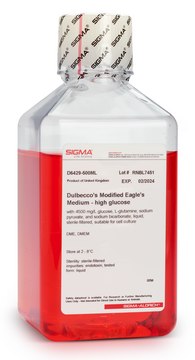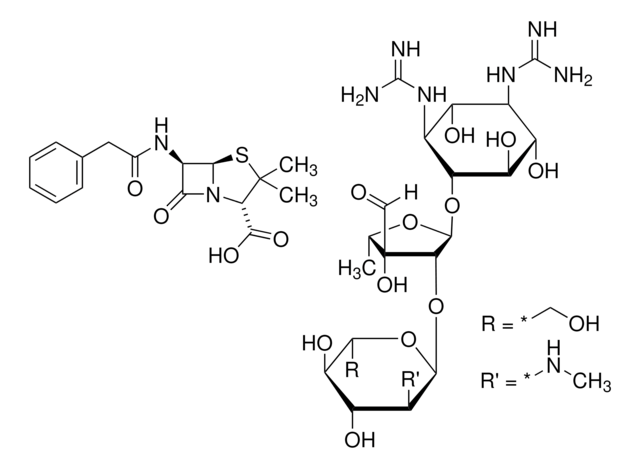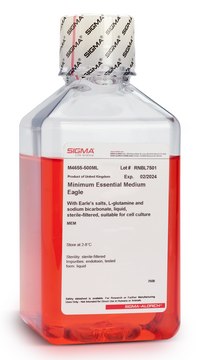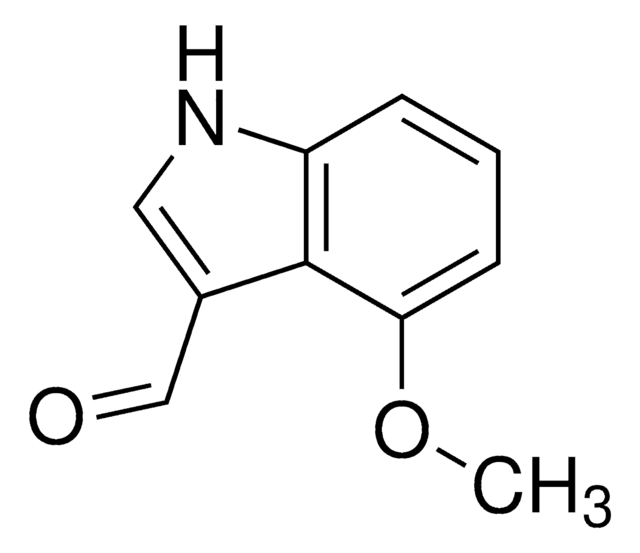C0150
Cathepsin B from human placenta
lyophilized powder, ≥5 units/mg protein
Synonym(s):
Cathepsin B1
Sign Into View Organizational & Contract Pricing
About This Item
CAS Number:
MDL number:
UNSPSC Code:
12352204
NACRES:
NA.54
Pricing and availability is not currently available.
Recommended Products
form
lyophilized powder
Quality Level
specific activity
≥5 units/mg protein
mol wt
24.5 kDa
composition
Protein, ~50% Lowry
solubility
H2O: soluble 1.0 mg/mL, clear
UniProt accession no.
storage temp.
−20°C
Gene Information
human ... CTSB(1508)
Related Categories
1 of 4
This Item | CDS004557 | CDS000930 | M14951 |
|---|---|---|---|
| form solid | form solid | form solid | form - |
General description
Application
Cathepsin B from human placenta has been used in the in vitro digestion of modified myelin oligodendrocyte glycoprotein (MOG).[3] It has also been used in determining the effect of cysteine protease inhibitors.[2]
Cathepsin B is a lysosomal cysteine proteinase which hydrolyzes proteins with a broad specificity for peptide bonds. Cathepsin B may be a useful tool in Alzheimer′s research, as it may have a role in the natural defense against the disease [4]. Cathepsin B may be used to cleave procaspase 1 and procaspase 11, and to induce apoptosis in digitonin-permeabilized cells.
Biochem/physiol Actions
Cathepsin B has been found to cleave procaspase 1 and procaspase 11 and to induce apoptosis in digitonin-permeabilized cells. Translocation of cathepsin B from the cytoplasm to the nucleus contributes to bile salt induced apoptosis of rat hepatocytes. Levels of cathepsin B in PC12 cells significantly decrease 12 to 24 hours after apoptosis is induced.
Unit Definition
One unit will liberate 1 nanomole of 7-amino-4-methylcoumarin from Z-Arg-Arg 7-amido-4-methylcoumarin per min at pH 6.0 at 40 °C.
Physical form
Lyophilized powder containing phosphate buffer salts
Preparation Note
Dissolves in water at 1 mg/mL concentration, yieliding a clear solution.
Storage Class Code
11 - Combustible Solids
WGK
WGK 3
Flash Point(F)
Not applicable
Flash Point(C)
Not applicable
Choose from one of the most recent versions:
Already Own This Product?
Find documentation for the products that you have recently purchased in the Document Library.
Customers Also Viewed
C Mignon et al.
Scientific reports, 7(1), 2797-2797 (2017-06-07)
Photobiomodulation-based (LLLT) therapies show tantalizing promise for treatment of skin diseases. Confidence in this approach is blighted however by lamentable inconsistency in published experimental designs, and so complicates interpretation. Here we interrogate the appropriateness of a range of previously-reported treatment
Giuseppe Antonacci et al.
Scientific reports, 6, 37217-37217 (2016-11-16)
Cellular biomechanics play a pivotal role in the pathophysiology of several diseases. Unfortunately, current methods to measure biomechanical properties are invasive and mostly limited to the surface of a cell. As a result, the mechanical behaviour of subcellular structures and
Kenji Ohe et al.
The Journal of steroid biochemistry and molecular biology, 182, 21-26 (2018-04-22)
The high-mobility group A protein 1a (HMGA1a) protein is known as an oncogene whose expression level in cancer tissue correlates with the malignant potential, and known as a component of senescence-related structures connecting it to tumor suppressor networks in fibroblasts.
Fabian E Ortega et al.
eLife, 8 (2019-02-06)
Listeria monocytogenes hijacks host actin to promote its intracellular motility and intercellular spread. While L. monocytogenes virulence hinges on cell-to-cell spread, little is known about the dynamics of bacterial spread in epithelia at a population level. Here, we use live
Xin Gu et al.
Analytical chemistry, 88(14), 7191-7197 (2016-06-30)
Hydrogen peroxide (H2O2) is known as a key molecule in a variety of biological processes, as well as a crucial byproduct in many enzymatic reactions. Therefore, being able to selectively and sensitively detect H2O2 is not only important in monitoring
Our team of scientists has experience in all areas of research including Life Science, Material Science, Chemical Synthesis, Chromatography, Analytical and many others.
Contact Technical Service












